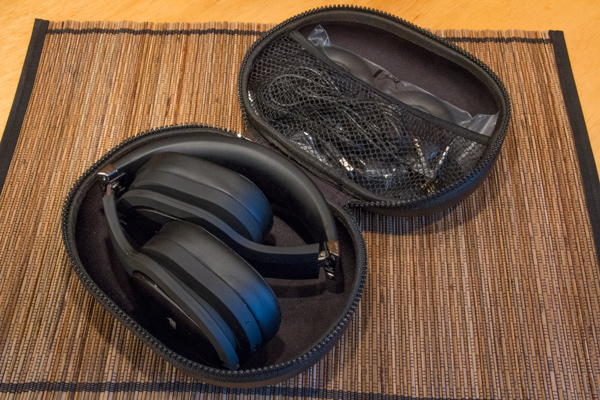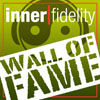| Columns Retired Columns & Blogs |
I'm very hard on my headphones. I had PSB's earlier generation (of this model of headphones). They had a fantastic sound. Unfortunately, they were plagued by cables & drivers that shorted out. I might have simply had a lemon. I have a big head and that stressed out the PSB's plastic headband (cracks developed). Still, I'd recommend interested parties to try these units out. They were my 2nd pair of mid-priced headphones ever. In retrospect, I don't regret experiencing the product.

 I think my overall preference for music listening remains with the Bose QC35, but it's close...damned close. I prefer music on the Bose by a modest amount, but I prefer movie watching on the PSB M4U 8 by a pretty healthy margin. I think these headphones are very well suited to folks who watch a lot of video and movies on their portable devices, and I think they may be particularly well suited for older folks who are starting to get some hearing loss for both movies and music. It's going to edge its way onto the Wall of Fame as a close second to the Bose, with a third no where in sight.
I think my overall preference for music listening remains with the Bose QC35, but it's close...damned close. I prefer music on the Bose by a modest amount, but I prefer movie watching on the PSB M4U 8 by a pretty healthy margin. I think these headphones are very well suited to folks who watch a lot of video and movies on their portable devices, and I think they may be particularly well suited for older folks who are starting to get some hearing loss for both movies and music. It's going to edge its way onto the Wall of Fame as a close second to the Bose, with a third no where in sight.





































